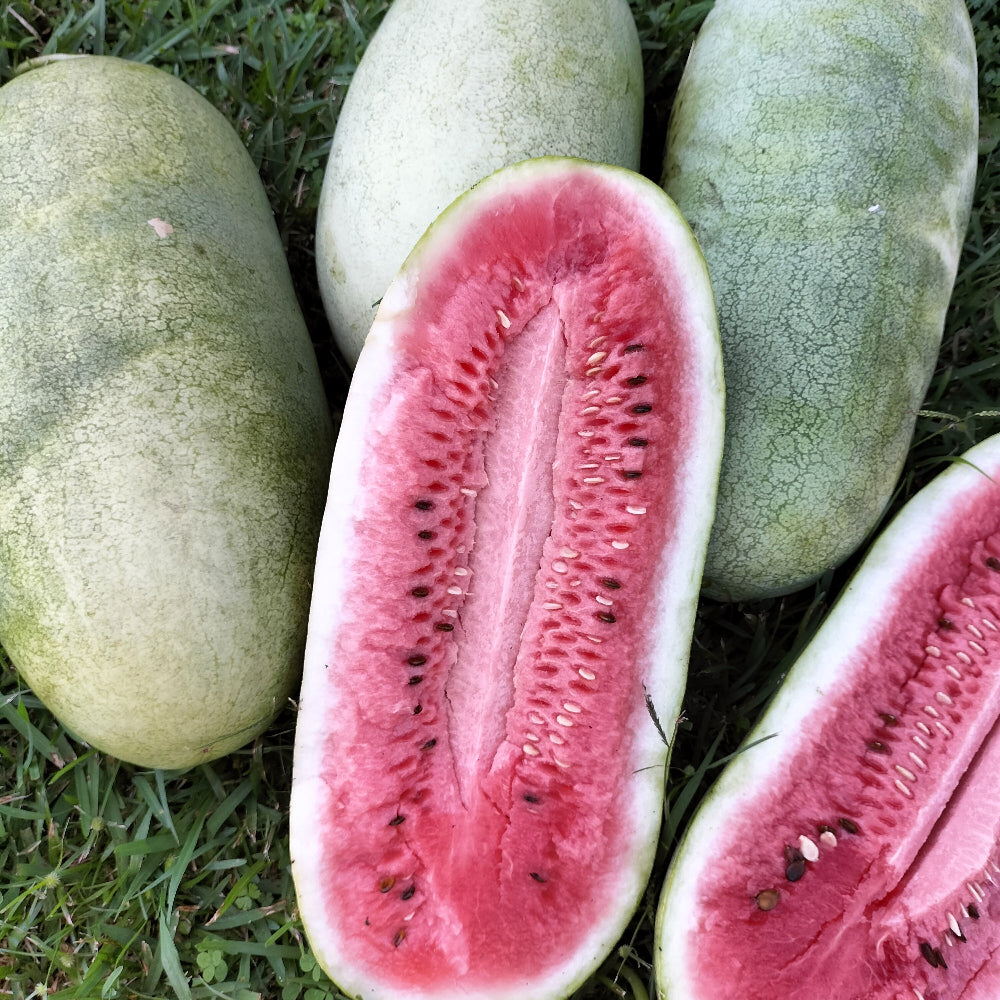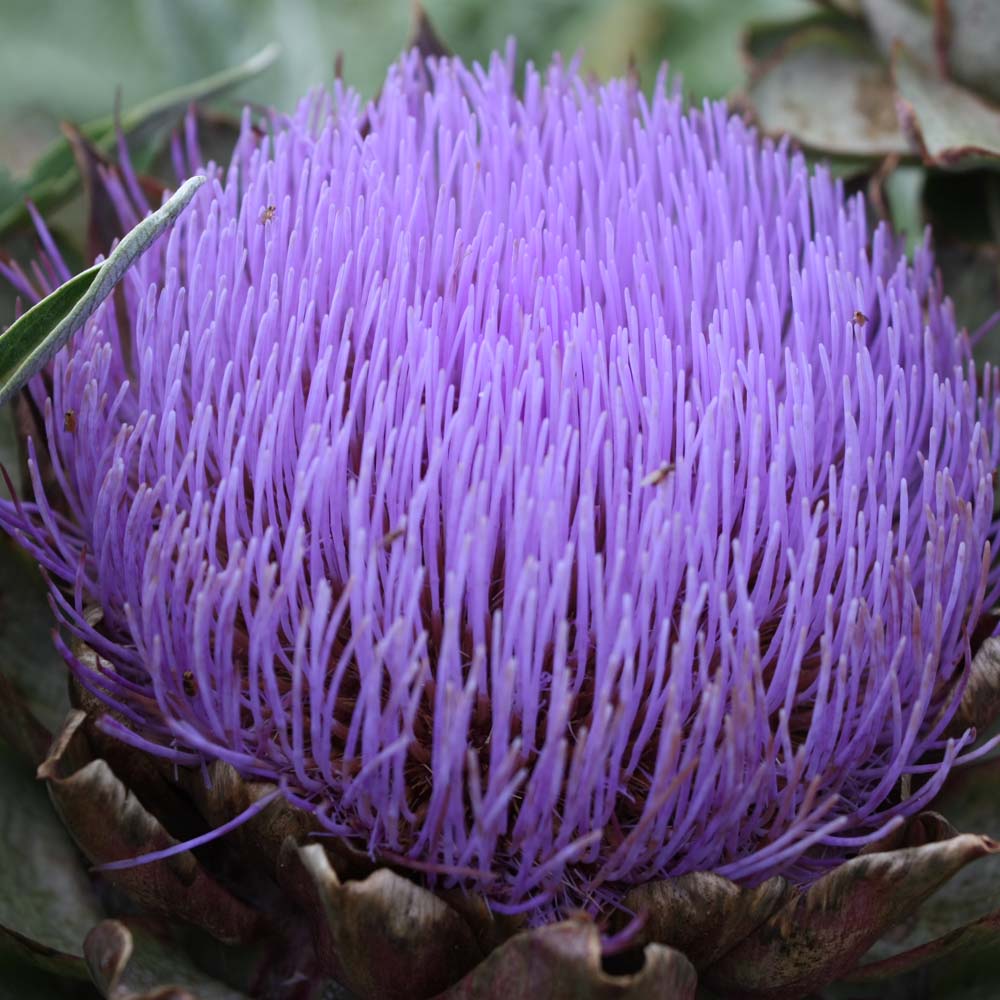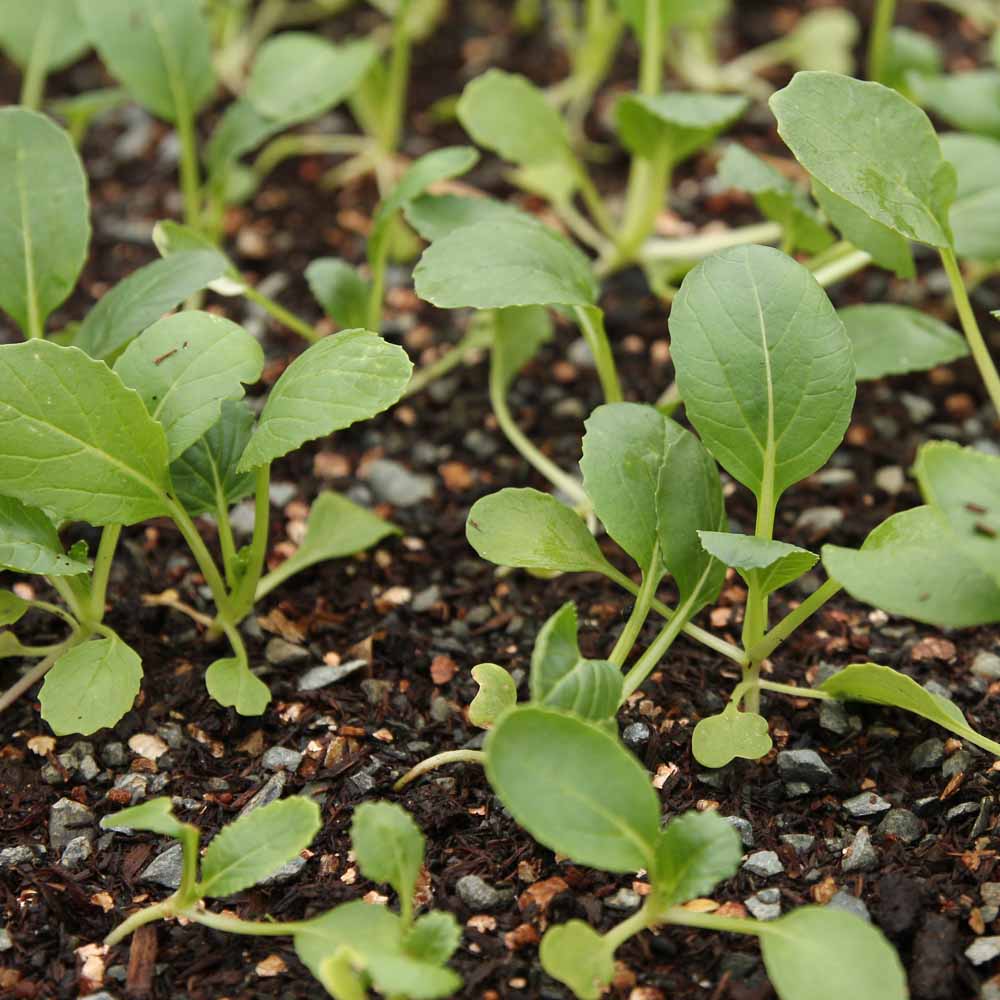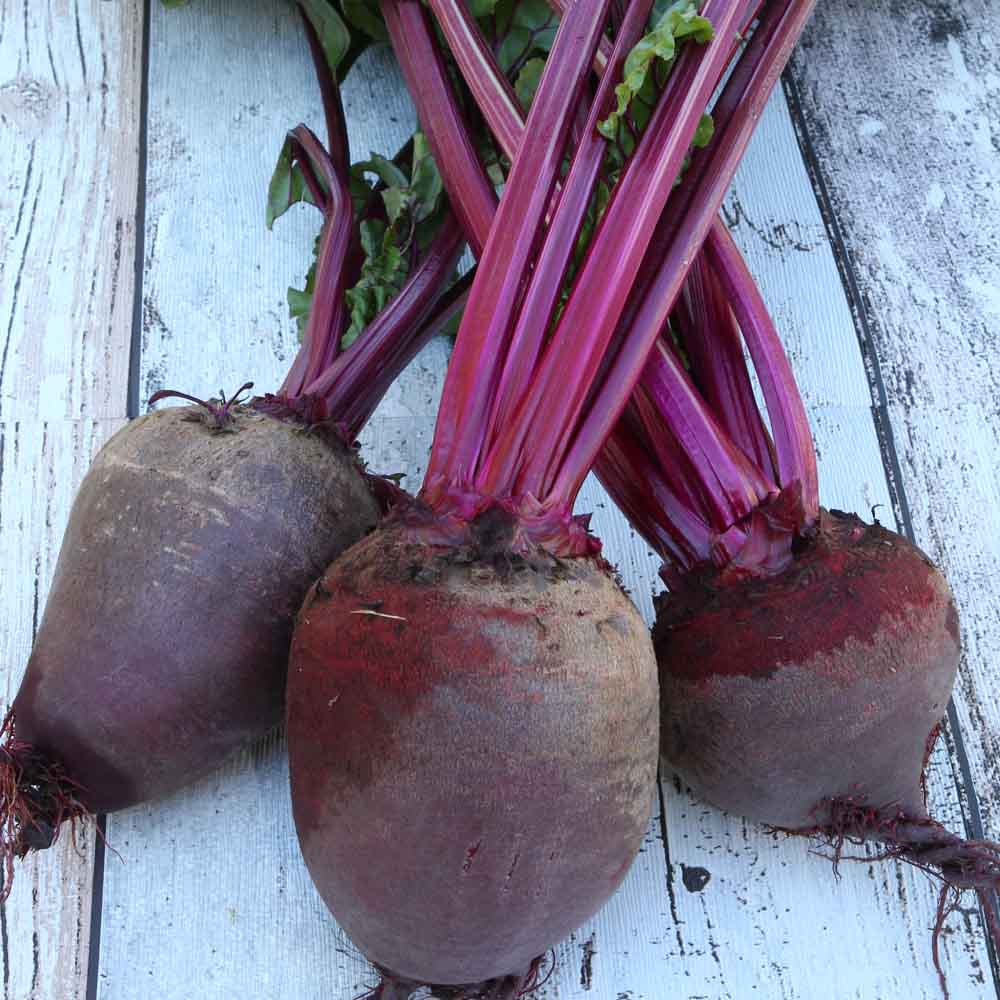North QLD, NT, SA & country VIC customers please use express post for live plant orders.
North QLD, NT, SA & country VIC customers please use express post for live plant orders.
Vegetable Seeds
Herb Seeds
Flower Seeds
Other Seeds
Herbs & Edible Plants
All Things Gardening Blog

Melons a Plenty - Rockmelons & Watermelons
2 min read
Melons are an annual vine, easy to grow and relatively pest and disease free. By planting in spring the plants have enough time to grow well through the hottest time of the year. Included in this group are the green fleshed Honeydew, traditional orange Rockmelon and red or yellow fleshed Watermelon.

Growing Asparagus
2 min read
Asparagus is an edible perennial plant, native to Central Europe and Western Asia. It is a member the lily family. The Ancient Greeks enjoyed eating the wild asparagus then was cultivated by the Ancient Romans. It is easily grown in the garden at home.

Brighten Your Winter Garden
4 min read

Art of Seed Sowing
2 min read

Growing Beetroot
2 min read










